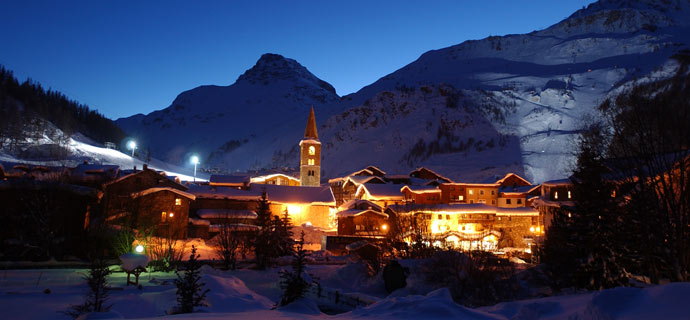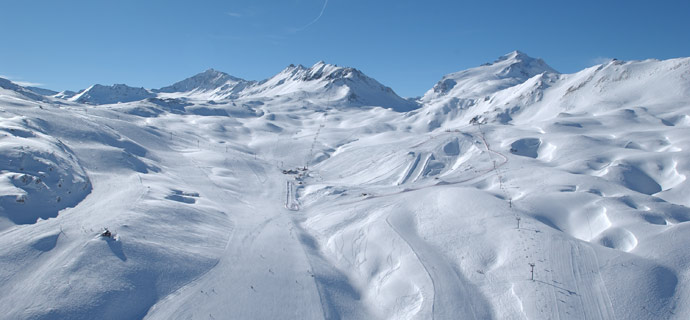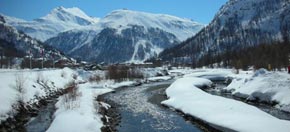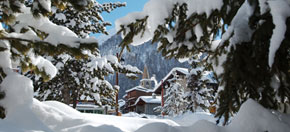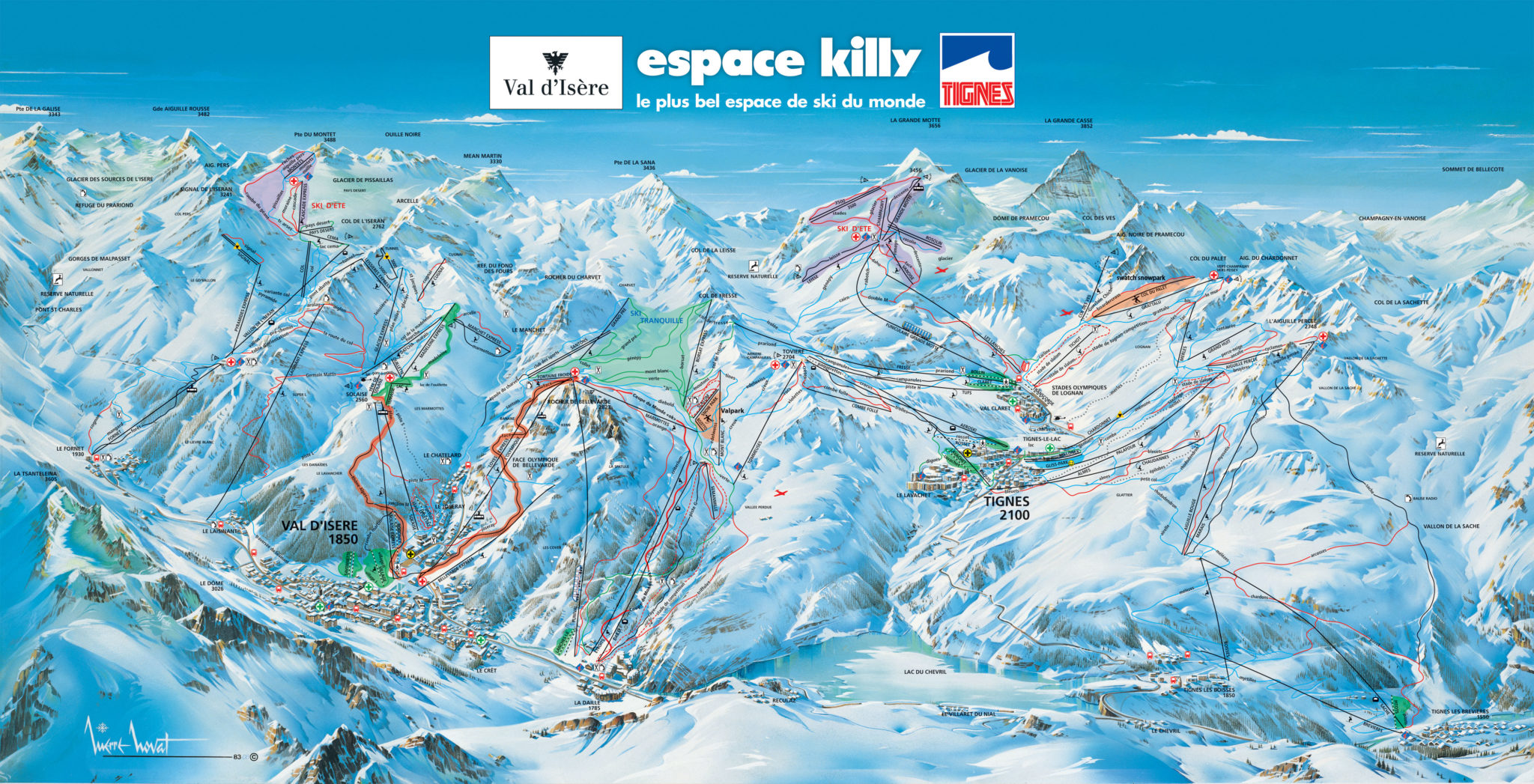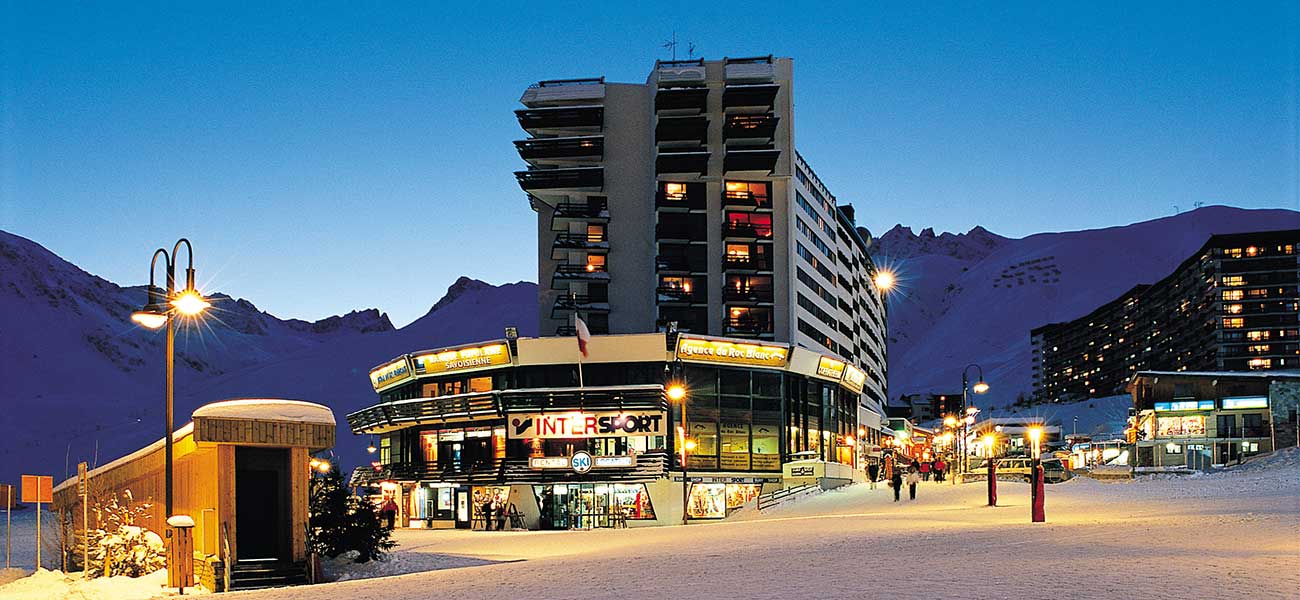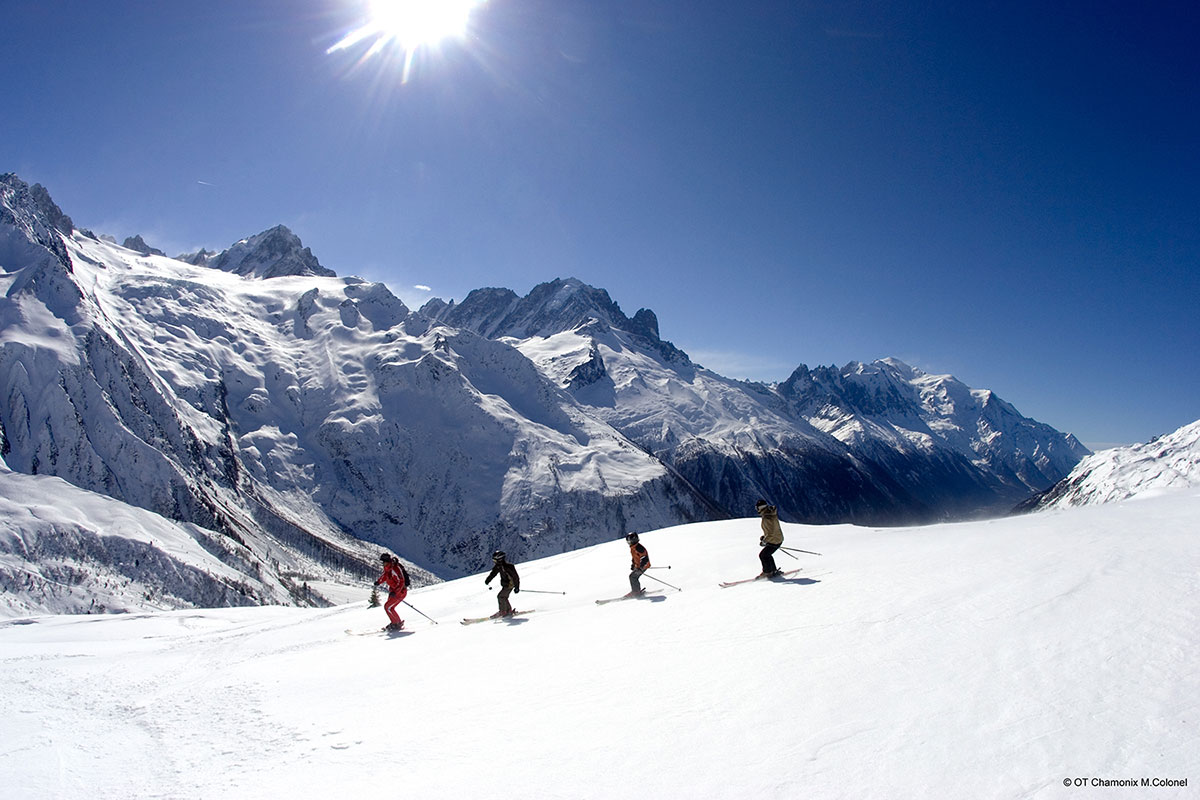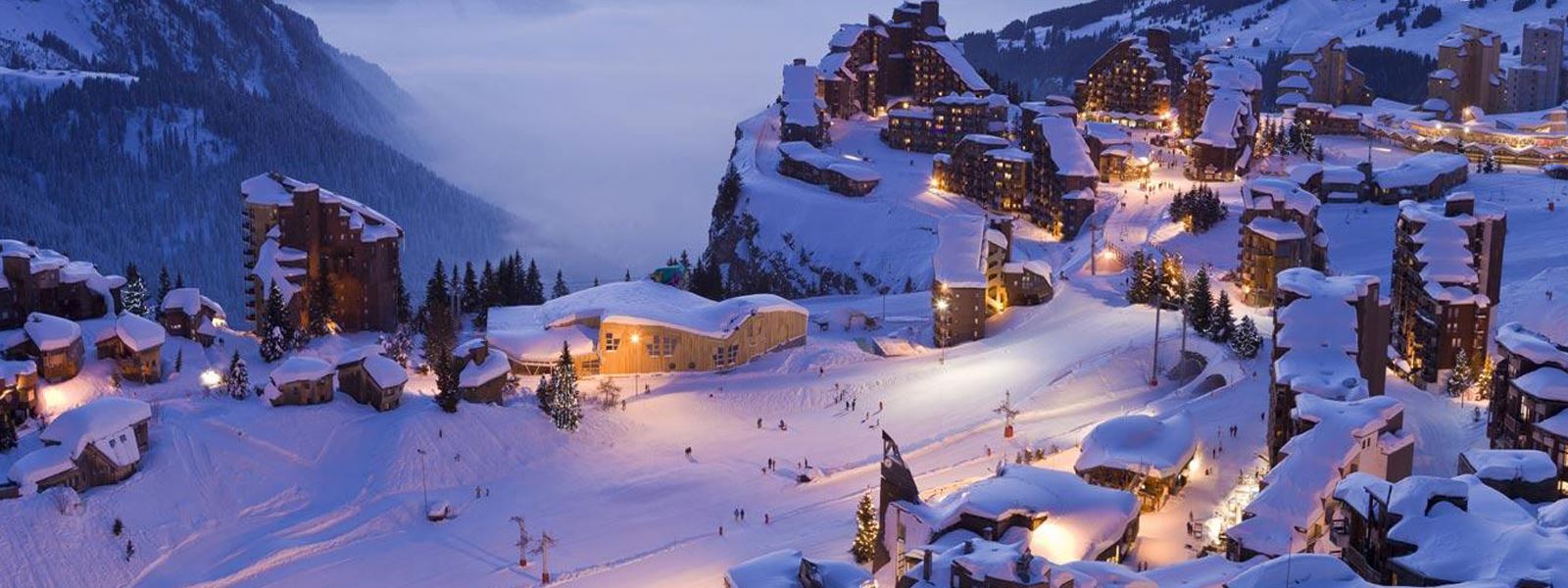Val d’Isere Ski Resort Guide
With runs used World Cup and Olympic downhill, a large number of green slopes plus everything between, Val d’Isere caters for skiers and snowboarders of all levels.
A world-class resort with a global reputation for partying, it’s linked to neighbouring Tignes to form the mighty Espace Killy ski area.
Good for
The Resort
It’s hard to imagine, but until the 1992 Albertville Winter Olympics the town centre was not much to write home about. But the initial Olympic redevelopment and 25 years of growth, have transformed Val d’Isere into a beautiful and sophisticated winter resort. With a zero-parking policy and tree-lined streets, it’s a peaceful and charming village.
But plans are in place for a €200 million redevelopment, replacing old buildings in the centre with new traditional style architecture over the next five years. It includes new accommodation, an underground walkway linking the centre with the lifts, and new homes for British favourites such as Dick’s T Bar and Le Petit Danois.
With so many Brits visiting each year, it can be easy to forget you’re actually in France. But the fact that they – plus countless Germans, Dutch and more – keep coming back, speaks volumes about the good times had in Val d’Isere.
Val d’Isere is also known for its nightlife, with the best place to start being Folie Douce on the slopes above La Daille. There’s a huge choice of bars and restaurants throughout the resort, with the legendary Dick’s T Bar heaving until the early hours.
On the slopes
Climbing from 1850 metres to 3450 metres and with almost 150 kilometres of pistes to explore (served by 90 lifts), Val d’Isere is a comprehensive ski resort in its own right. But combined with neighbouring Tignes it creates Espace Killy, with 300km of slopes.
Val d’Isere is the only place to have hosted World Cup and Olympic downhill competitions, plus the Alpine Ski World Championships. However, this impressive pedigree doesn’t mean that it is only for advanced skiers. More than half the runs are either green or blue and there are five beginner areas where you can safely learn the basics.
There are short, shallow slopes for first timers at the base. Once you have built some confidence head to either the Bellevarde or Solaise tranquil ski areas where you’ll find plenty of longer greens and blues to progress onto. There are long blue and green routes from the top of Bellevarde, which is accessed by the Olympique (Val d’Isere), or Funival (La Daille), all the way back to the bottom.
Intermediate skiers can take the Madeleine Express and Glacier Express from Solaise up to a good choice of blue runs. Piste L is a particular highlight, a long flowing blue that takes you back to Val d’Isere 1850. There are many excellent red pistes to explore as your skiing improves, with OK having been used at the World Cup.
Advanced skiers will find plenty to challenge them in Val d’Isere. Legendary black runs, including the very steep La Face (used for the Olympic downhill) are enough to test anyone. It’s wide enough to wind your way down but there is no way off, so only take it on if you’re confident you can make it to the bottom. La Foret is another toughie, with its mogul piste cutting through the trees. Piste S and Le Tunnel are also among some of France’s most difficult runs.
Freestylers will love the Oakley ValPark in Bellevarde, which you can reach from the Olympique and La Daille cable car. There are features for everyone from first time freestylers to dedicated park rats.
There are around 25 modules in all, including kicks, jumps, a half pipe and a boardcross track. And the park changes from year to year so there is always something new to try. Plus there is another large park over in Tignes.
If freeride is your thing, then you’ll love Val d’Isere. The pistes are spread out so there is plenty of space to play between them. There are some great marked but unpisted runs down into La Daille, plus good areas to freeride around the La Manchet Express, Solaise and in the Laisinant area.
But Le Fornet is the best area. Take the Cascades lift to the top, and just below it you’ll find an open slope that is a joy in fresh powder. Or, from the top of the cable car, take the long Signal button lift and at the top you have access to an enormous powder bowl. Stay as high as possible and you can find rock drops into the bowl and an endless choice of routes down.
Le Col Pers is another Le Fornet classic, with some breathtaking routes dropping down from the foot of the glacier at about 3000 metres all the way back to La Fornet. And it’s virtually pristine wilderness all the way down.
The location

View detailed snow forecast for Val d'Isere at:
snow-forecast.com
 LIFTS
42
LIFTS
42
 VERTICAL
1605m
VERTICAL
1605m
 PISTES
145km in Val d’Isere (300km in the Espace Killy area)m
PISTES
145km in Val d’Isere (300km in the Espace Killy area)m




